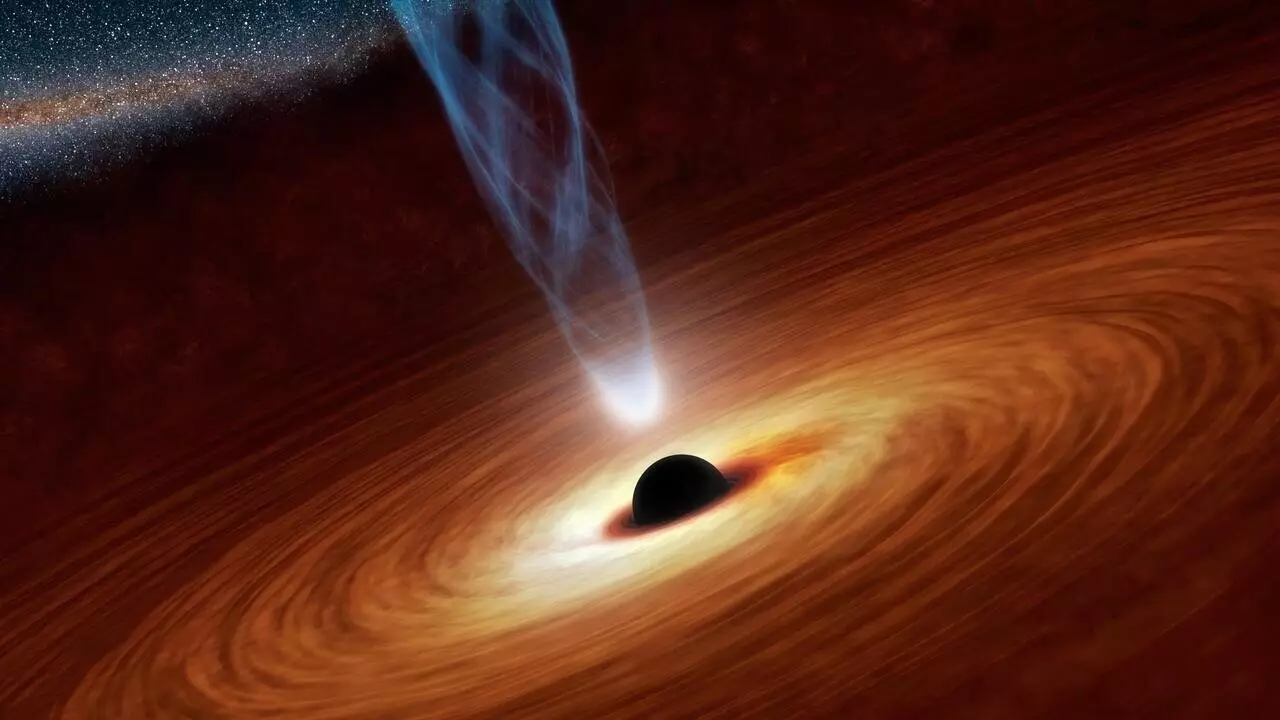For the past several decades, scientists have been intrigued by the idea of “kugelblitze,” black holes formed from incredibly high concentrations of light. This unique concept has been linked to various astronomical phenomena, including dark matter, and has even been proposed as a potential energy source for futuristic spaceship engines. However, recent research conducted by a team of experts from the University of Waterloo and Universidad Complutense de Madrid has shed new light on the subject.
The team’s study, titled “No black holes from light,” challenges the existing theories about kugelblitze in our universe. They developed a mathematical model that takes into account quantum effects, revealing that the concentration of light required to form these black holes would be significantly greater than what is observed in quasars, the brightest objects in space. This suggests that the creation of kugelblitze is simply impossible under current conditions.
The Role of Quantum Physics
One of the researchers, Eduardo Martín-Martínez, explained that the traditional understanding of black holes as a result of massive concentrations of matter collapsing under gravity does not apply to kugelblitze. In Einstein’s theory of general relativity, any form of energy can curve space-time, leading to the speculation that light could also cause a collapse. However, the team’s research shows that quantum effects play a crucial role in preventing the formation of kugelblitze.
While it may be disappointing for astrophysicists to learn that kugelblitze are not feasible in our universe, the implications of this discovery are significant. The research conducted by the team at Waterloo and Madrid showcases the power of fundamental physics research, highlighting the importance of partnerships between institutions like the Perimeter Institute and the Institute for Quantum Computing. By laying the groundwork for future technological innovations, this study paves the way for future advancements in our understanding of the universe.
The study on the impossibility of kugelblitze offers a new perspective on black holes and the role of quantum physics in shaping our understanding of the cosmos. While the idea of light-induced black holes may have captured the imagination of scientists and science fiction enthusiasts alike, it appears that such phenomena are simply not viable in our current universe. This research opens up new avenues for exploration and further reinforces the importance of interdisciplinary collaborations in pushing the boundaries of scientific knowledge.


Leave a Reply